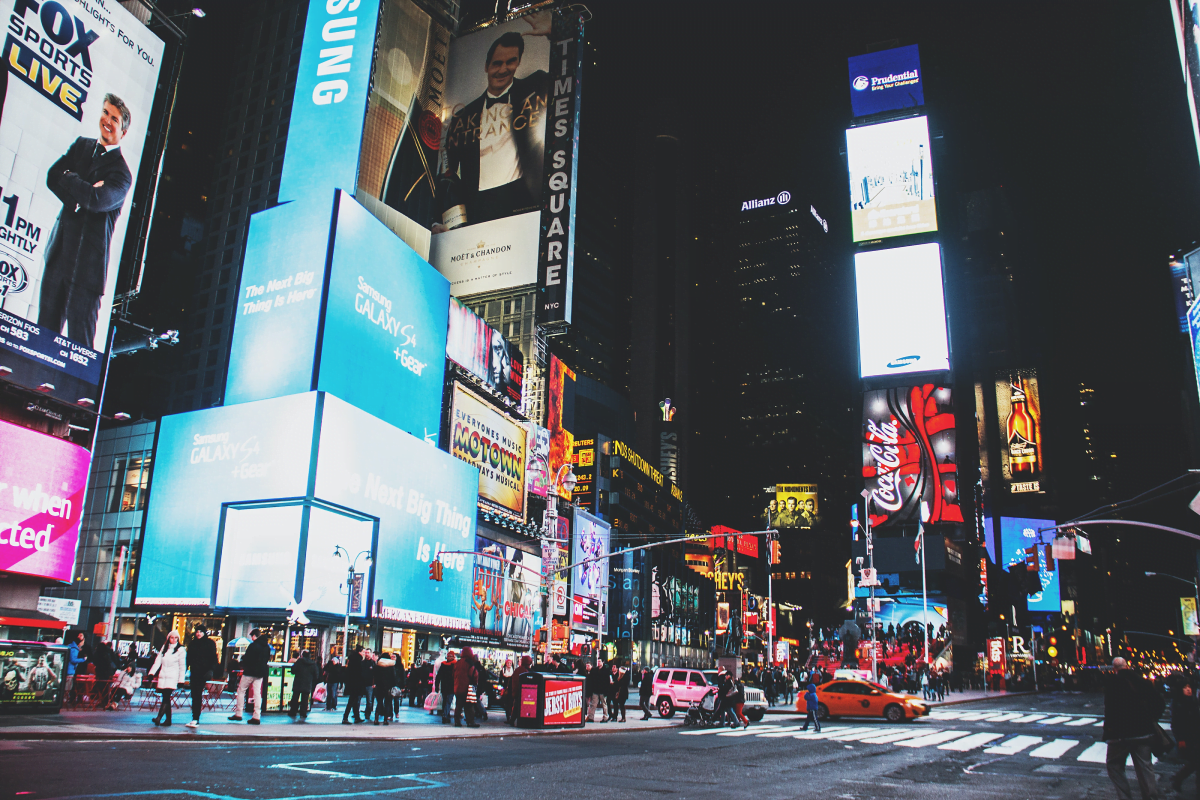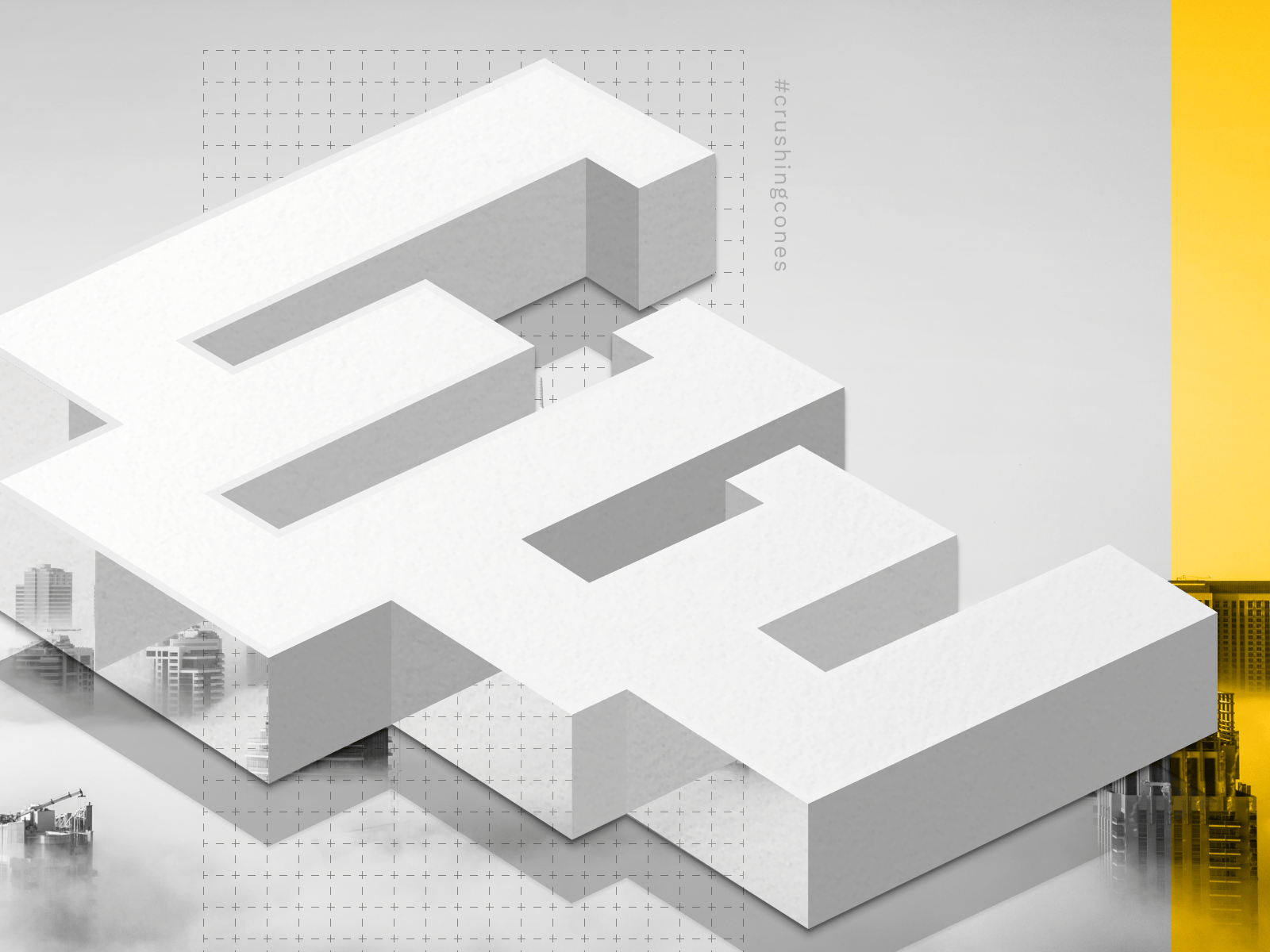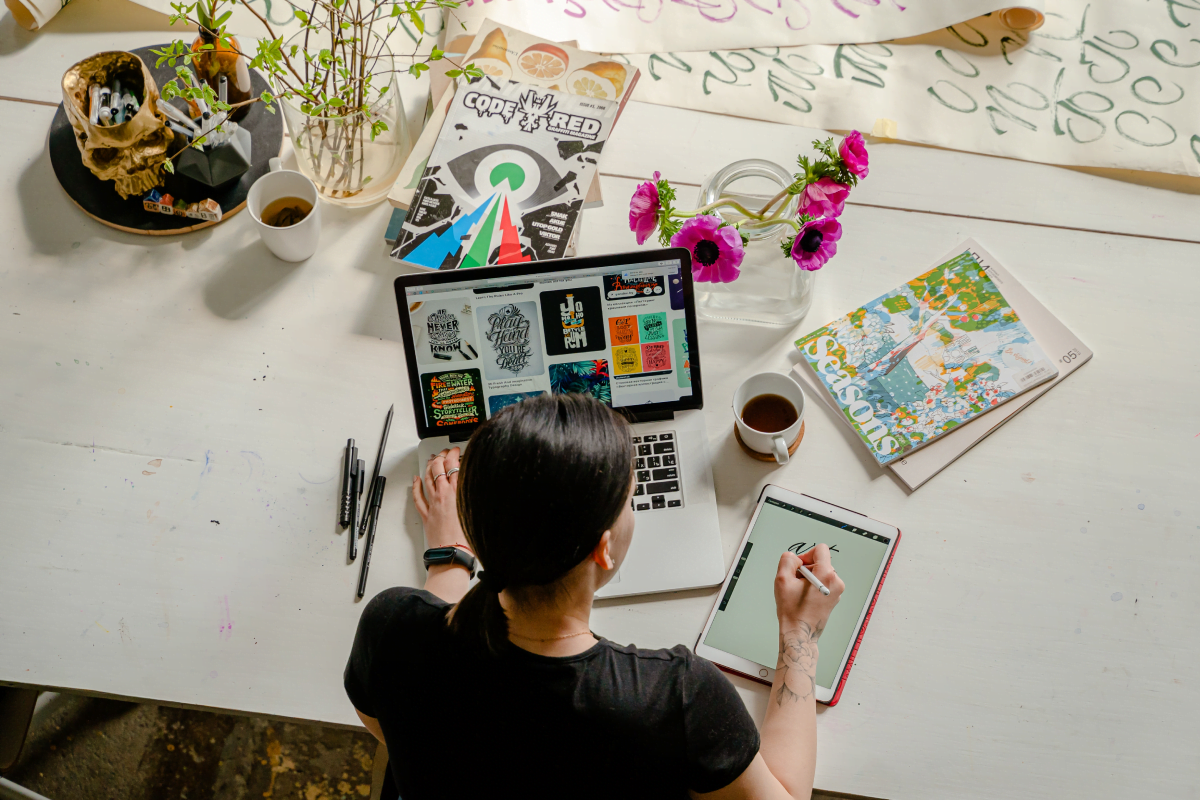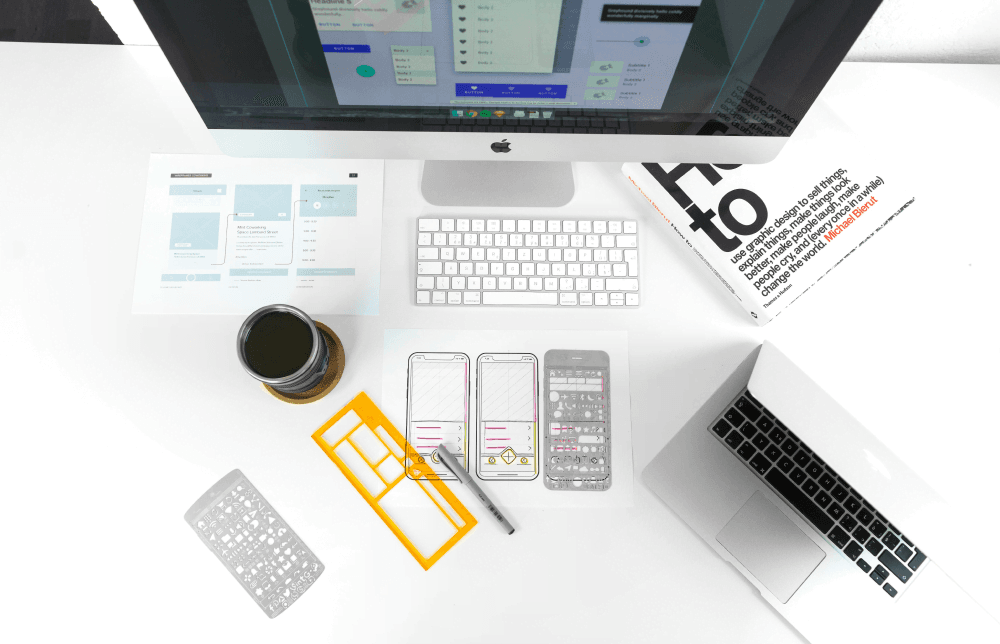Consider this: would your visual taste differ if you were born halfway across the world? Try to imagine everything that surrounds you and its potential influence — from architecture, language, fashion sensibilities, social trends, cultural differences down to technological norms and habits.
What if you were born 50 years ago? 200 years ago? Would you be drawn to the same visual styles? In fact, would the same visual styles even exist?
Our aesthetic sensibilities are undoubtedly influenced by our environment and the times we live in. So it’s useful to consider how we’ve acquired and developed our existing visual taste if we intend to develop it into something special.
In this article we will focus on understanding our own visual style and the circumstances around it. From how we’ve developed our visual style to how we can hone our aesthetic sensibilities and find our unique visual style.

How do we start to unpack our visual style?
Of course we start with what we can see. With all the visual stimulus we are exposed to daily.
Take a look around you. Seriously, take a close look at everything around you.
We are surrounded by things, constantly stimulated by visual products. Look down at your phone. The clothes you’re wearing. The clothes of the people around you. Maybe you’re at a cafe — look at the menu, visual branding and interior furnishing.
Remember everything you see was and had to be created by someone. Designed. Prototyped. Built. They are the outcome of a designer’s visual style.
Products, designs, and all forms of media are so ingrained in our daily lives that they commonly blend seamlessly into our environment — as though they’re a part of nature. It has become instinctive to look at a billboard with the same indifference as the tree next to it. To the point where we no longer consider the origin or impact of the designs and products in our lives.
But we should be aware that: what we see naturally influence and develop our aesthetic sensibilities over time — they expose us to new visual possibilities. Like human sponges, we are constantly absorbing everything around us.
Perhaps it’s acceptable for most people, but for designers it’s critical to consider this perspective and reflect on its influence. The same way a good chef would be hyper selective with their palette and what they eat, a good designer should be aware of what they are exposed to visually and how it can influence their style. And with that keen awareness, a good designer should also train their visual palette.

If we look back at different periods of art history (mostly reflective of European history), we find that most periods last no longer than 50 years. These styles usually blend into each other, but all have identifiable and distinctive stylistic qualities. Like taste in music, taste in design and art change over time.
What’s fascinating is that we still live with and are exposed to visual stylings of the past. Buildings we walk into, some hundreds of years old, are essentially time machines into the prevalent aesthetic of its time. And as time pasts, our generation’s visual style (products, designs, buildings) will also become foreign and antiquated. Which is quite the thought to linger on — and perhaps can give you insight into the philosophical endeavour of design.
For now however, back to the original questions. If you were born halfway across the world or 50/200 years ago, would your visual style be different?
Of course it would be.
That’s not to say our visual sensibilities are predetermined and we should not attempt to find our unique style. Instead quite the contrary.
The fact that art periods and preferred stylings have changed many times throughout history speaks to the fact that cultural/societal visual languages are not stagnate. They change and evolve over time. Often with changing sensibilities, technologies and ideologies. And it is the designers who understand and innovate on top of existing frameworks that are pioneers of new frontiers. That’s who you want to be.
So you know you are a product of your time and surroundings, to some extent anyway. You use the same tools, are exposed to the same stimulus, and generally exist in the same paradigms (meaning: the model of life you share is roughly similar to others; of course there can be economic, sociological, and ideological differences).

But how do you hone your aesthetic sensibilities and develop a unique visual style?
For new designers it’s common and essentially necessary to mimic visual styles, usually ones that they gravitate towards. Why necessary? Because by mimicking, designers can build technical competence and learn vital skills that help develop their own unique visual style.
Designers should first build the technical capabilities to execute complex ideas. Once their capabilities are proficient they can scale up and down the complexities of their designs depending on the scope of their projects. For example it’s useful to know how to create iconography from scratch instead of relying on ready-made assets, even if their daily tasks won’t require such skill.
Like I mentioned, your visual styling is undoubtedly correlated to environmental circumstances. So knowing that, it’s useful to explore and branch away from visual stylings that seem the most obvious to you. Using the chef analogy from earlier — someone who’s cooked and eaten a certain cuisine their whole life would benefit from trying something entirely different. For example, someone who exclusively cooks Italian may want to explore Thai cuisine to explore an entirely new flavour profile. They can learn the intricacies in the process and taste of an entirely new unexplored cuisine, often times sparking new ideas and possibilities.
In the same way, a designer who generally focuses on a certain style should explore new visual styles from an exploratory perspective. Design and create with an open mind — don’t be dismissive of other ideas/solutions. There are designers with different experiences, backgrounds and ways of thinking that should inspire you — not threaten you. If you treat them as opportunities to grow your visual style, your work will naturally be more comprehensive and well-rounded.
If you’re a designer chances are you’ve looked at past work and thought: “This looks bad. What was I thinking? Why did I do that?”
Those are generally good thoughts to have. It’s only natural to be reflective and critical, especially of your own work. But remember those same critical thoughts should, as long as they’re not counter-productive, apply to the work you do today. A designer who believes they can do no wrong today will not develop their visual style. Because any criticism or feedback will be taken as insult.

Overall, there is no exact guidebook or formula to developing your aesthetic sensibilities, but considering the points listed above it’s important to consider: the context surrounding your existing visual style. Think reflectively about what you are prone to design for visually and when you acquire the skills necessary, explore new and different visual styles with purpose.
I hope this, rather abstract and theoretical, article will be able to provide some valuable insights into how one could navigate their complex visual style as growing designers. In the future I will delve deeper into technical approaches and specific strategies that can help someone develop a unique visual style.







